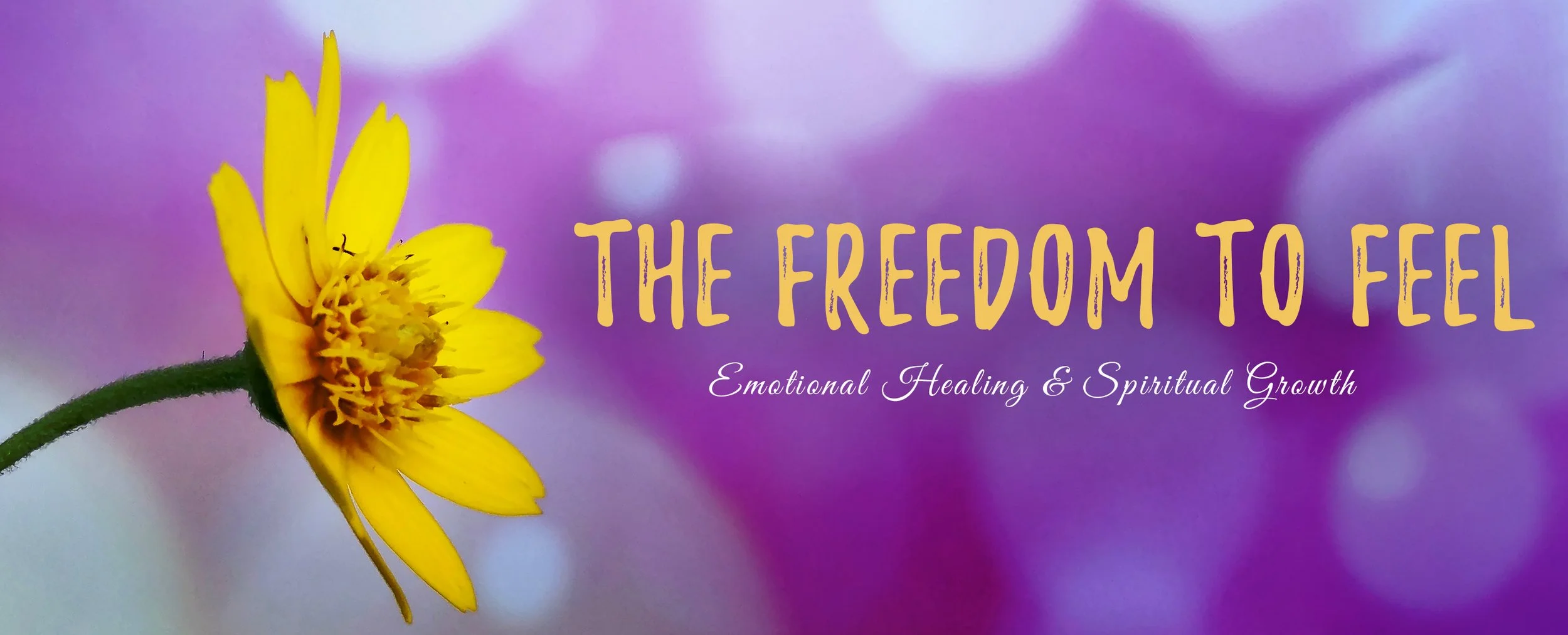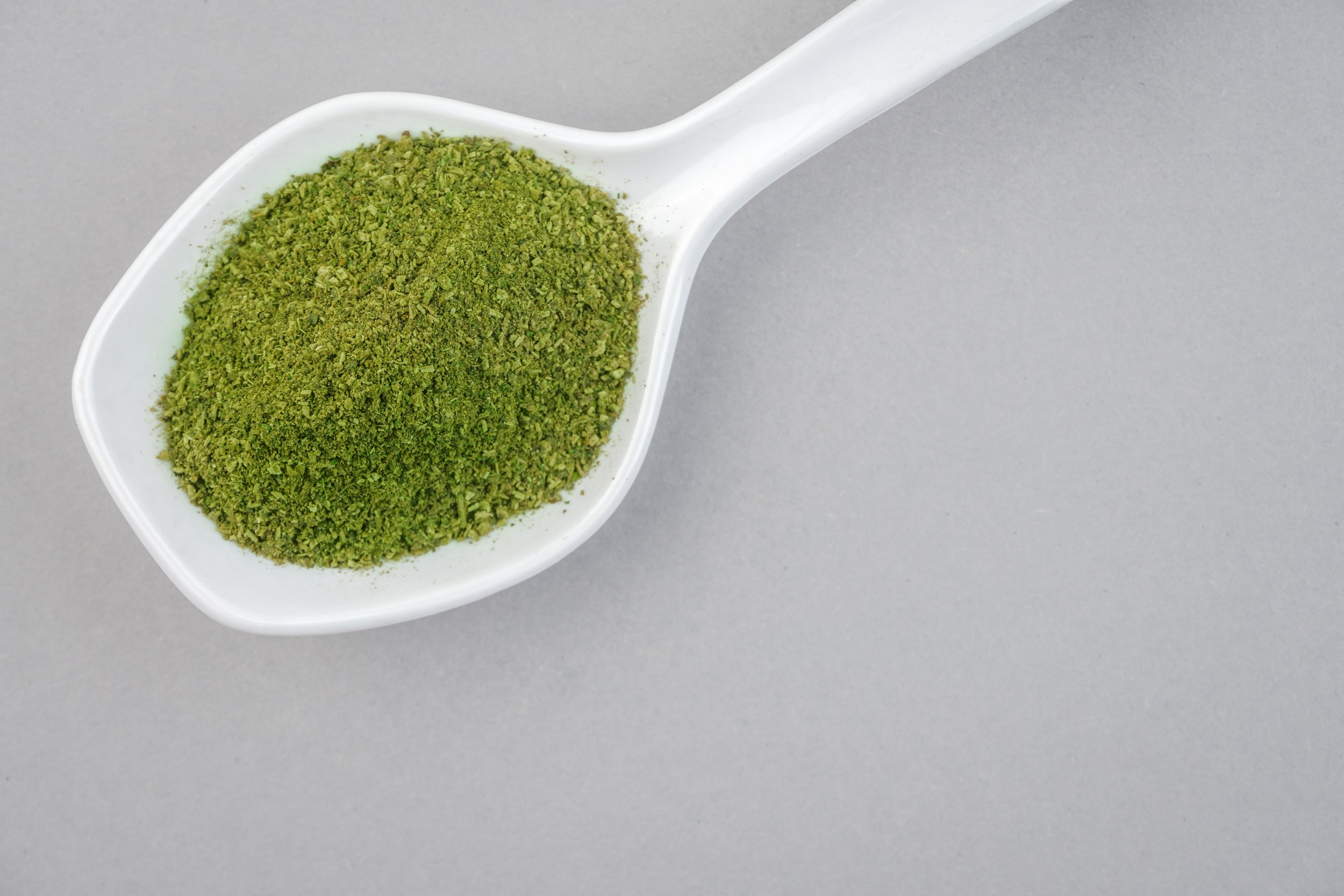A Quest for Well-Being Interview with
VALERIE GOLDSTEIN
In the world of health and wellness, Thrivelab is pioneering a holistic and science-driven approach to hormone health, offering Bioidentical Hormone Replacement Therapy (BHRT), Testosterone Replacement Therapy (TRT), Nutrition Coaching, and Life Coaching through its virtual platform. At the forefront of its nutrition efforts is Valerie Goldstein, a registered dietitian, certified diabetes educator, and author, whose extensive experience—including her work with Dr. Atkins—has positioned her as a leading expert in ketogenic diets, weight loss, and metabolic health.
In this exclusive Q&A, Goldstein shares insights into her role at Thrivelab, the company's unique approach to patient care, and the critical role of nutrition in optimizing hormone health.
The Q&A
How would you describe your role at Thrivelab, and how does it align with your expertise in nutrition and holistic health?
My role as a nutritionist with Thrivelab is to work as part of a phenomenal team of practitioners who collaborate to optimize personalized and comprehensive treatment plans for our patients. The ability to communicate seamlessly with experts from different specialties—including doctors, pharmacists, nurse practitioners, behavioral/emotional support specialists, and patient care representatives—allows us to provide excellent holistic care.
For patients, I provide lifestyle coaching. It’s not just about nutrition; it’s about helping people incorporate more activity into a busy lifestyle, brainstorming with them on how to be more mindful, and even guiding them on how to indulge in their favorite foods while still achieving their health goals. I follow up with patients regularly because it’s important for them to know that we are a team and that they are not on this journey alone. I share these experiences with the Thrivelab care team to ensure continuity of care.
What makes Thrivelab’s approach to health and wellness unique, and how does nutrition play a central role in its services?
Our #1 priority is patient care. Medically, we use cutting-edge bioidentical hormones, GLPs, and other anti-aging treatments. Beyond that, we recognize that medical care can be costly, so Thrivelab created an initiative to ensure that everyone can afford the care they deserve. Thrively is the only insurance plan for hormone health, introducing a new era of accessible and affordable hormone health management. When doctors dismiss their patients' concerns, they find us. We validate patient concerns and work toward solutions. Thrivelab helps people who have sought medical support for years without success. We enrich lives and make people happy.
Nutrition fuels energy, weight, mood, and many aspects of health. If patients are not fueling themselves with foods that support hormone health, medical treatments cannot work to their full potential.
How does Thrivelab personalize health and wellness strategies for individuals, and what part do you play in crafting these plans?
Communication is key. From the start, Thrivelab personalizes treatments by having patients fill out a symptom survey, ensuring each individual is treated based on their unique symptoms. I take the time to learn about and get to know the patient on a personal level. We involve the patient in the process, so it’s not just about the medical aspect. I feel rewarded when I can integrate nutrition and the social, emotional, and cultural factors that are all intertwined with medical treatment.
What role does a ketogenic or high-fiber, low-carbohydrate diet play in Thrivelab’s offerings, and how do you educate clients about its benefits?
We offer the keto diet as an option for patients because it works. Carbohydrates trigger hormones, and by minimizing this hormonal trigger, the diet helps reduce cravings, prevents fat storage, and increases energy levels. Patients gain better control over their food consumption. Reducing carbs to keto levels isn’t always necessary—just lowering them can make a difference. Many of my patients tell me they eat more and still lose weight after years of frustration from restrictive dieting that yielded no results.
How does Thrivelab integrate cutting-edge science with holistic practices to help clients achieve their health and longevity goals?
Most experts believe they know everything—even more than the patient. As a result, they apply the same approach to every individual. Hormone therapy is still in its infancy, and we respect that. We embrace cutting-edge science, learn from our patients, and use scientific advancements to support them. Our team is willing to learn, adapt, and innovate to provide the best care. We use each patient’s uniqueness as a foundation to tailor a medical, nutritional, and lifestyle plan that works specifically for them.
Your work with Dr. Atkins gave you a deep understanding of ketogenic diets. How have you seen this approach evolve, and how do you implement it in your current work?
The ketogenic diet has always been a metabolically corrective diet, and its evolution has been positive. People are becoming more aware of their excessive carbohydrate intake.
I apply the original principles of keto with every patient, emphasizing a whole-food-based approach:
Protein supports the immune system, lean body mass, and bone health.
Non-starchy vegetables provide healthy carbohydrates, fiber, antioxidants, and phytonutrients.
Healthy fats (from olive oil, flax seeds, nuts, etc.) help lower inflammation and support hormones, brain function, and skin health.
None of these trigger hormonal imbalances or cravings, and we do not focus on reducing calories—our priority is feeling satisfied. Other whole foods are incorporated into the plan based on the individual’s needs.
What are the biggest misconceptions about nutrition and weight loss that you address in your practice?
Many people believe:
They always have to eat less to lose weight.
They must deprive themselves to see results.
Eating healthy is inconvenient.
Eating fat is bad, and consuming more carbs is healthy.
The scale is the best way to measure successful weight loss.
They are either "good" or "bad" based on their food choices.
How do you use your platform to inspire others to achieve their personal health goals, especially when conventional advice falls short?
It’s not difficult—I start with the patient. I use their world (food preferences, schedules, readiness levels, and experiences) to develop a plan that is both attainable and sustainable. They trust me because they have already tested conventional advice, and it has failed them.
How has your personal journey as a fitness enthusiast and mother influenced your approach to wellness and nutrition?
When I gained 70 pounds during my pregnancy, I knew I would face hormonal challenges as I got older. I struggled with excess weight, feeling uncomfortable in my clothes, and the uphill battle of losing weight.
Now, as I go through menopause, I experience metabolic changes despite maintaining a healthy diet and active lifestyle. Initially, I tried to fight it, but I soon realized that you can’t fight nature—you have to work with it.
I listen to my patients and encourage them to embrace this phase of life. It’s okay to slow down and rest. Prioritizing sleep and eating hormone-supporting foods—like avocados, which are high in healthy fats and fiber—can make a difference. When I’m active, I feel good. When I eat better, I feel better. I want to share these experiences and insights with others.
People are often too hard on themselves, and I aim to reduce that pressure. No one is perfect. We all have our struggles. Balancing nutrition and a healthy lifestyle doesn’t have to be stressful—it should be a synergistic process. I share my personal strategies for behavior change and tips from other patients that resonate with my clients today.
What impact do you hope your books and public appearances have on those striving for better health and wellness?
I want people to understand that it is not their fault if they struggle with:
Eating the wrong foods
Low energy
Brain fog
Insomnia
Hot flashes
Emotional distress
Gut issues
Hair loss
Other hormonal imbalances






























